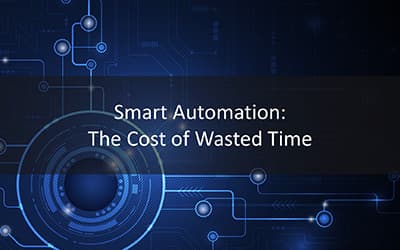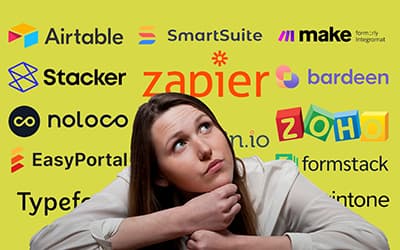Our Blog
Here you’ll find ideas and observations regarding facilitation, community design, process design, and automation that enables the human touch.
Strengthening Community Bonds: Why Small-Scale Conversations Matter
Small, frequent interactions build trust and belonging, essential for strong communities. Community hosts often overlook these due to scale, resources, or algorithmic focus, weakening bonds and engagement. By facilitating regular small-group conversations, empowering leaders, and encouraging member initiatives, hosts can foster deeper connections and dynamic communities.
Cultivating Serendipity: A Strategic Approach to Professional Growth
Deliberately creating opportunities for unexpected connections through cultivated serendipity can significantly enhance the likelihood of discovering valuable insights, collaborations, and career paths despite the inherent unpredictability of such encounters.
The Cost of Wasted Time
“Wasted” time encompasses tasks that don’t require human execution and could be automated. Ten minutes of wasted time daily adds up to a workweek yearly. An employee earning $50,000 whose time is wasted in such a manner can justify a $3,000 automation investment today.
Prioritizing Problems Over No-code Tools
The recent transformation in software development has been marked by the proliferation of no-code and low-code tools, democratizing software creation. However potent these tools might be, they are means to and end. Start with a deep understanding of the underlying objective, and develop mastery over a set of foundational tools.
Solutions Development vs. Systems Integration: A Guide for Non-techies
In business process automation, the choice is between crafting bespoke solutions or enhancing existing systems. Custom software, like a tailored outfit, offers unique advantages but can be resource-intensive. Systems integration is akin to updating a wardrobe: faster and economical but potentially complex.
Removing Barriers to Volunteer Work
Volunteerism in the U.S. is declining due to various challenges, including the impact of COVID-19. While nonprofits often focus on boosting motivation, effectively reducing barriers might be the key.
Searching for Silver Bullets
A patient, sustained, and incremental approach to business process improvement yields results over time and mitigates the risk of push-back. If you see a silver bullet, pick it up. Just don’t make your process improvement strategy dependent on finding one.
Beware the Unintended Consequences of Process Improvement
The Job Demands-Resources (JD-R) model helps us understand the nuanced interplay between job demands, resources, and employee performance. While job resources enhance motivation and subsequently performance, job demands contribute to strain, negatively affecting performance. For successful process improvements, evaluating the impact of changes on the demands-resources ratio is crucial, as subtle shifts can lead to considerable performance variations.
Streamlining Operations: The Role of BPMN and No-Code/Low-Code in Nonprofits and Small Businesses
BPMN visually details operational processes for nonprofits and small businesses. No-code/low-code platforms help efficiently execute these processes, optimizing clarity and adaptability.
Personal Process Automation: Shifting Capacity from Busy to Relevant
Personal process automation shifts focus from routine tasks to meaningful work, much like the washing machine changed laundry habits rather than just saving time. Automation enhances work quality, not just quantity.
Simplifying Success: How APIs and Integrations Elevate Your Operations
New digital tools are allowing small businesses and nonprofits to customize and connect their software solutions, making operations smoother and more cost-effective. It’s essential to select software that can “talk” to other tools (using something called an API) and use connectors like Zapier to automate and streamline tasks. In this evolving landscape, even established software is adapting to offer more flexibility.
Want to Get Good at Business Process Automation? Get Good at Personal Automation.
Personal automation boosts individual efficiency and insight, complementing business process automation (BPA). While personal tools streamline specific tasks, BPA promotes team collaboration and organizational cohesion. Mastery in personal automation enhances broader organizational process understanding and optimization.












